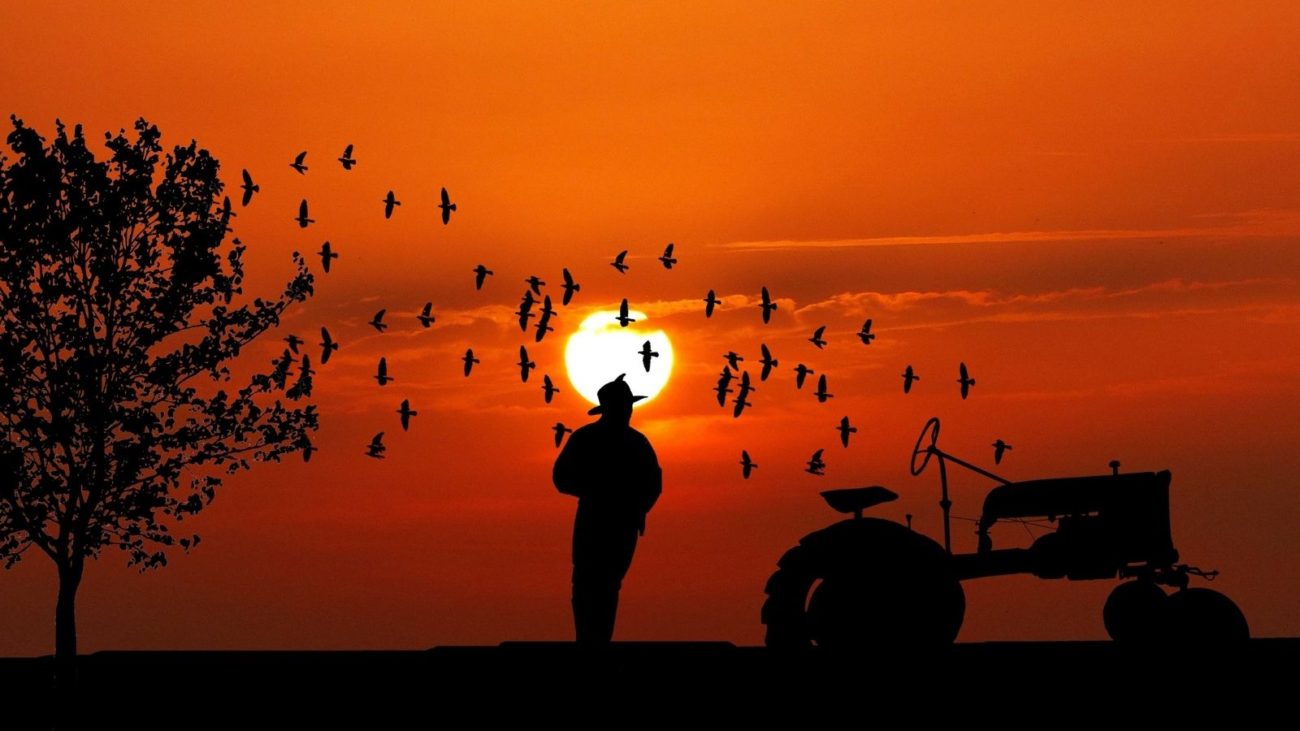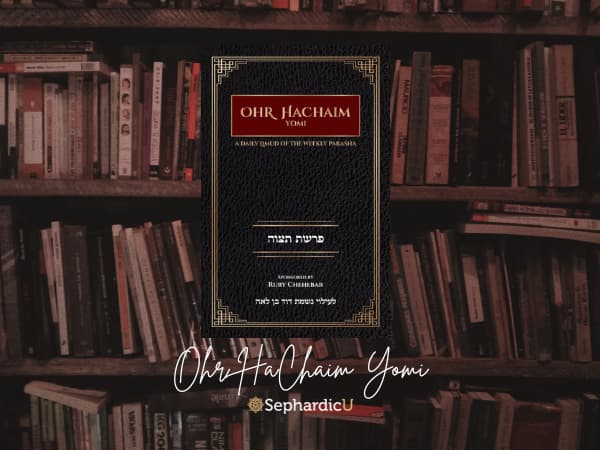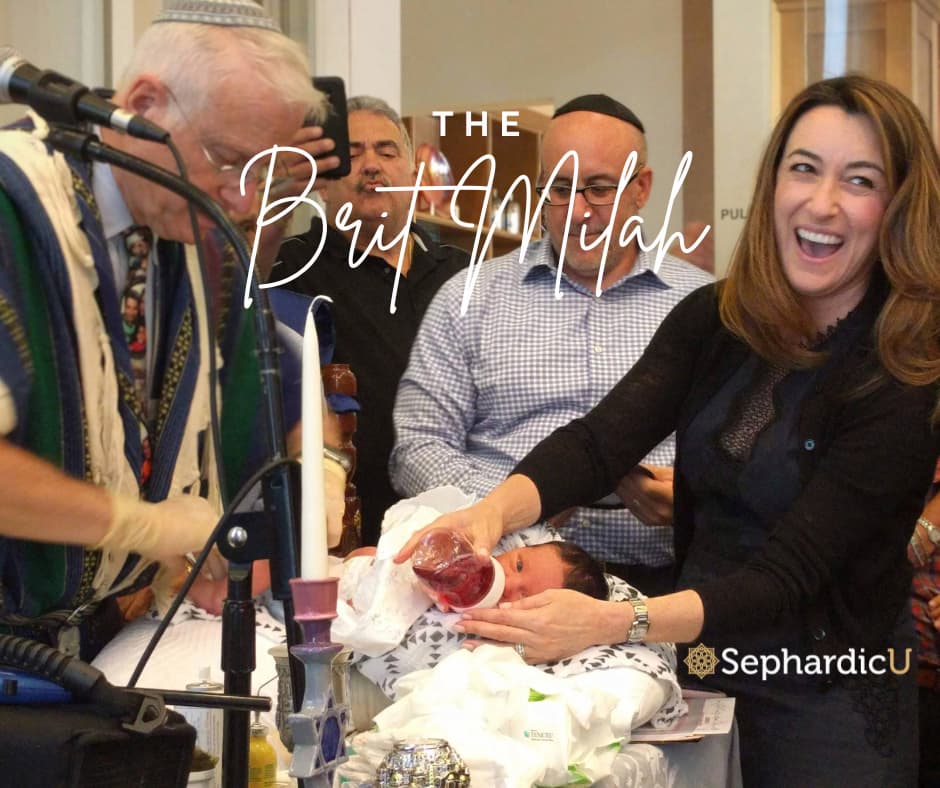The term Tree Hugger is not usually associated with observant Jews, which is truly hurtful and unfair, because we hug a tree at least four times a week. We do it, religiously, on Mondays and Thursdays, Shabbat mornings and afternoons. We gather around our tree, touch it, kiss it and then sit quietly and serenely listen to what it has to say. Yes, I am referring to the famous tree of Proverbs (3:18):
עץ חיים היא למחזיקים בה – She (the Torah) is a tree of life to those who adhere to her.
Since the Torah is a tree of life, its teaching and guidance apply to all aspects of the human condition, including the relationship between humans and the world they populate, but many believe that the values of Torah and the concern for ecology and the well-being of the planet are diametrically opposed. It is a view that took roots inside us, in Orthodox Judaism, as well as outside, in the academic world where its major proponent was the famous historian Lynn White. White criticized Western civilization for drifting away from nature and blamed it on the Jewish heritage of the Christian world:
“In sharp contrast (to Roman mythology), Christianity inherited from Judaism not only a concept of time as non-repetitive and linear but also a striking story of creation. By gradual stages a loving and all- powerful God had created light and darkness, the heavenly bodies, the earth and all its plants, animals, birds, and fishes. Finally, God had created Adam and, as an afterthought, Eve to keep man from being lonely. Man named all the animals, thus establishing his dominance over them. God planned all of this explicitly for man’s benefit and rule: no item in the physical creation had any purpose save to serve man’s purposes. And, although man’s body is made of clay, he is not simply part of nature: he is made in God’s image. Especially in its Western form, Christianity is the most anthropocentric religion the world has seen.” (Lynn White Jr., The Historical Roots of Our Ecological Crisis, 1967)
As mentioned before, there are many observant Jews who share this view. They feel that the world was created to serve man, whereas the power to determine the course of natural forces and resources is in the hands of the Creator. They brush aside ecology, climate change, pollution, recycling, and alternative energy sources. They believe that a Jew’s role is to learn Torah and observe its commandments, and since the Shulhan Arukh contains no section dedicated to ecology, it is not part of our religious obligation.
In this rare moment of conceptual “agreement” between academia and the religious world, the criticism of the former against the latter should be directed at groups and individuals in certain places and times, rather than against Judaism as a whole. As every serious student of Tanakh could easily demonstrate, not only it is replete with breathtaking and majestic descriptions of nature (Psalms, Song of Songs, Proverbs, Job), not only the poetic freedom of the prophets analogizes every aspect of humanity to flora and fauna, but the Torah cares very much about the well-being of this physical world.
The problem is not with Torah and Judaism but rather with the Jewish lifestyle in exile. From an agrarian nation which was deeply connected to the ground and understood the need of Divine protection and blessing to help the earth provide its abundance, we became a nation of nomads, landless vagabonds who had to reinvent themselves and their professions wherever they went. After several centuries spent in Europe as vintners, Jews were forced by the feudal system to become money lenders. The emancipation, enlightenment and subsequent Zionist movement rekindled the desire to connect to the land, specifically in Israel, but the majority of contemporary Jews have never visited a farm, let alone lived as farmers.
Today we have a consumer mentality of having anything, anywhere, anytime. One click, and it will be delivered to your doorstep, to your car, or even fridge. We now got used to next day, same day, and within the hour delivery, by drones, autonomous robots, and soon, teleportation. Gas-guzzlers roam the roads and oil dependency forces political powers to redefine values and ideals, including democracy and human rights. In Las Vegas and Palm Springs neatly manicured lawns and lusciously green golf courses have been gulping for years monstrous amounts of water against environmentalists’ protests and now California is facing such a severe drought which might force it to slash its agrarian productivity by twenty five percent.
We blatantly ignore the first role designated by God for humanity, described in the Torah even before the first commandment to mankind: לעבדה ולשמרה, cultivate and protect. For thousands of years mankind has been toiling and cultivating the land, turning raw material into precious products and constantly improving plants and animals by breeding, and in the last two centuries we have harnessed chemistry, biology and other scientific disciplines to our industrious chariots in order to quench the insatiable thirst of humanity for comfort and commodities. It is only during the previous jubilee (in the biblical sense = fifty years), however, that mankind started to realize that we are capable of transgressing the second part of the commandment by failing to protect earth, and that we are engaged in this transgression with religious zeal. But even that understanding was not enough. Only now, with severe droughts, extreme temperatures, record numbers of unseasonal storms, as well as growing concerns of epidemics and food shortages brought about by our reckless behavior, does the public begin to grasp the enormity of the problem and the responsibility it places on humanity’s shoulders.
It is worthwhile to revisit the Torah and read the message in this week’s Parasha, which offers an inspiration for re-establishing this much-needed balance.
The Torah commands the Israelites to fallow the land every seventh year, the Shemita, or Sabbatical year. During that year, naturally grown crops are divided evenly among the whole population, there are no class differences, and even the animals are not prevented from taking their share. This idea must have been shocking and disturbing to agrarian societies in ancient times, and it is still revolutionary today, but benefits of the seven-year cycle are immeasurable. First, the land recovers the trace minerals it needs without using ammonium-nitrate-based fertilizers, which endanger the aquatic ecosystems. Second, the social structure is corrected every seven years; the differences between the classes are eroded and a sense of unity and togetherness takes over. Lastly, the seventh year provides an opportunity to stop the insane race for provisions, power and glory. It allows people to reconnect to the precious gifts of their family and their inner self. After seven cycles of Shemita, or 49 years, the Jubilee is to be celebrated. During the Jubilee year, not only would the land be fallowed but all slaves would be released and all nonresidential properties that were previously sold would return to the original owner, thus preventing a possibility of a feudal society divided between lifetime slaves and powerful landlords.
The Shemita and Jubilee years provide an opportunity for people of all walks of life to slow down, contemplate and reflect on their lives, learn new skills and note changes in themselves and their environment, thus recalibrating the system and not losing balance.
For those of us who built their nests in the urban jungle, it is hard to think in terms of the daily reality of agrarian life, but the message of Shemita and Jubilee goes beyond the agrarian framework. Land and plant imagery is deeply embedded in our language. Love blossoms, ideas take root; institutions have branches and books leaves, and we speak of seed money, the fruit of our labor and field of expertise. All those point at an inner connection between the human soul and the natural world. Early kabbalists elaborated on the idea that Shabbat, the Shemita and the Jubilee are part of a mystical seven-stroke cycle that extends to greater cosmic cycles beyond our comprehension. Tuning into these cycles, mentally and physically, blesses us with inner calm, love and caring toward Planet Earth and toward all humans. It teaches us important life-transforming lessons, pulls us away from greed, desire, and arrogance, and reminds us of our duty to protect and preserve God’s beautiful world.
Questions on Parashat HaShavua
שְׁאֵלוֹת לְפָרָשַׁת הַשָּׁבוּעַ: בְּהַר
- How many years may Bene Yisrael work the land?
- What happens in the seventh year to the land?
- What happens in the seventh year to slaves?
- What happens in the seventh year to poor people who borrowed money?
- What is the seventh year called?
- The Shemitah for the land is like ____________ for people.
- What are the farmers supposed to do during that year?
- Who can eat the fruits from the fields?
- What are these fruits called during Shemitah?
- What does the farmer learn by keeping the laws of Shemitah?
- Where does the farmer get his food during the Shemitah and the eighth year?
- How many years are in seven Shemitah cycles?
- What is the 50th year called?
- What are the special laws of the Yovel?
Answers for Parashat HaShavua – בְּהַר
- Six years.
- The land gets to rest.
- They are freed and they return home.
- They do not have to pay it back.
- Shemitah
- Shabbat.
- They rest and study Torah.
- Everyone – the owner, neighbors and poor people.
- Hefker – הֶפְקֵר.
- That HaShem takes care of him and that the land does not belong to him but to HaShem. He learns Emunah – trusting HaShem.
- HaShem promised that the crops of the sixth year will be so great that they will be enough for the sixth, seventh; and eighth years.
- 49
- Shemitah.
- All the laws of Shemitah. In addition, a shofar is blown everywhere, and lands go back to their original owner.








Ohr HaChaim Yomi – Emor